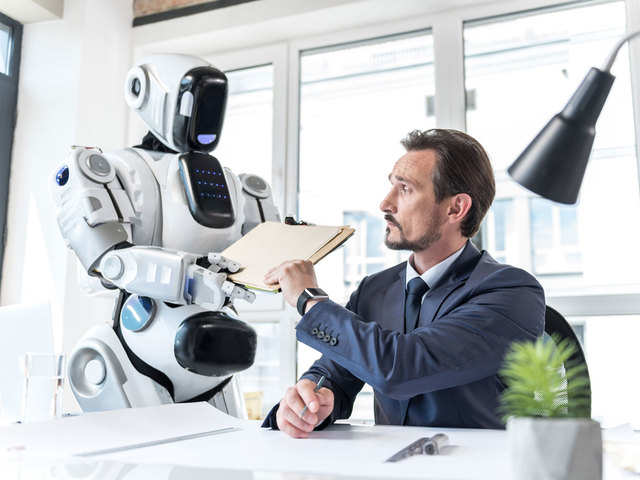Food serving robots have become increasingly popular in recent years, with many restaurants and cafes opting for these high-tech solutions to streamline their operations and provide a unique dining experience for their customers. However, despite the growing popularity of a food serving robot, there are still many myths and misconceptions surrounding food serving robots. In this article, we’ll look at various myths and provide the facts to help dispel them.
Myth 1: Food Serving Robots are Expensive
One of the easily heard myths about the food serving robots is that they are expensive and only accessible to high-end restaurants and cafes. While it is true that some models can be costly, there are also many affordable options available on the market, making them accessible to businesses of all sizes. Additionally, food serving robots can help to reduce costs in the long run by streamlining operations, reducing labour costs, and improving efficiency.
Myth 2: Food Serving Robots are Unreliable
Another myth about the food serving robots is that they are unreliable and prone to malfunction. However, this is simply not true. Like any other technology, food serving robots are subject to regular maintenance and upkeep to ensure they function properly. In addition, many models are equipped with advanced technology and features to improve reliability and reduce the risk of malfunctions.
We will be able to comprehend this and all the other myths efficiently if we take a look at Lucki. This artificial intelligence robot is currently being employed as a food serving robot. It is one of the best inventions to date. It features a radar sensing system, balanced movement, a large tray for serving, a microphone, a speaker, multi-robot cooperation, a stable and accurate delivery mode, greeting and guidance mode that directs customers to a table and promptly takes their orders. However, they must be actively coached and guided on how they need to work for it and your other workers to operate in a fluid flow. This will help to ensure that neither of the two causes any difficulty with the other. Therefore, the use of Lucki will create ease in the workers’ jobs and lives. Additionally, Lucki offers a variety of modes, including delivery, greeting, guidance, and cruise, which can be easily switched to meet the needs of different scenarios. In terms of services, Lucki provides a comprehensive set of basic services, such as voice packages, scene modes, and a Q&A database, as well as value-added services like food protection, accessories store, and multi-language support.

Myth 3: Food Serving Robots are Not Hygienic
Some people believe that food serving robots are not hygienic and may pose a risk to food safety. However, this is simply not true. Food serving robots are designed with food safety in mind and are equipped with features such as sealed compartments and regular cleaning routines to ensure they are always hygienic and safe for use. Additionally, many food serving robots are subject to regular health inspections and must meet strict health and safety standards to be approved for use in commercial settings.
Conclusion
There are many myths and misconceptions surrounding food serving robots, but the truth is that these high-tech solutions can offer many benefits to businesses and customers alike. From reducing costs and improving efficiency to providing a unique dining experience and enhancing food safety, food serving robots are an innovative and valuable addition to the food service industry. By debunking these myths and embracing the benefits of this technology, businesses can thrive and provide the best possible experiences for their customers.

/cdn.vox-cdn.com/uploads/chorus_image/image/49248313/GettyImages-473876474.0.jpg)